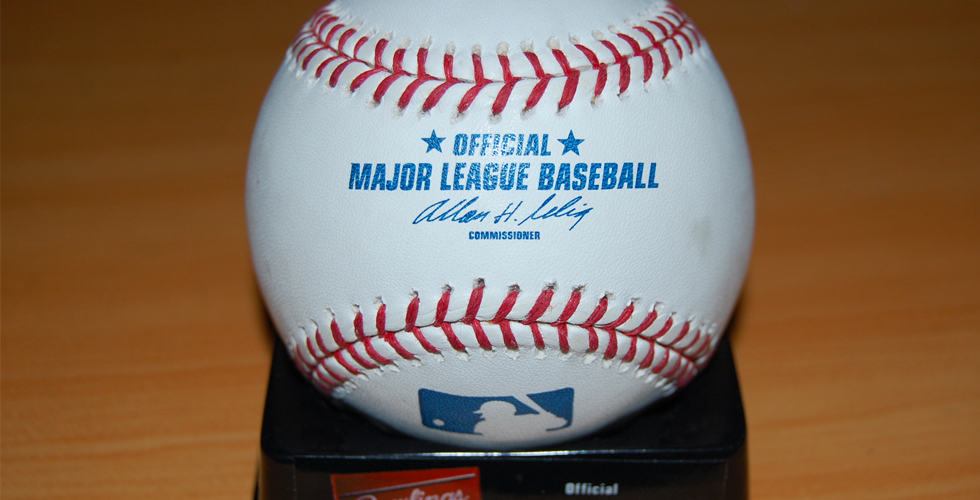Bottom Of The Inning Not Tops For Hitters

(Inside Science) -- For most teams, Major League Baseball's season opens today, and for some diehard fans there are few things more sacred than statistics.
Part of the fabric of baseball, stats have made immortals of the players who reach landmark numbers like 500 (career home runs), 300 (career wins for a pitcher) and 3,000 (career hits). Researchers are now using statistics to challenge something that generations of fans have taken for granted: that it's best to bat last.
Baseball has a relatively small home field advantage compared to other major U.S. sports, which is a bit strange considering that unlike the standardized dimensions of a basketball court or football field, most baseball diamonds have widely-varying fence distances and heights. Teams have the opportunity to specialize their rosters to suit their home parks. Baseball also features a unique turn-taking structure offering the home team the chance to bat last. It's hard to imagine a team choosing to bat first, but more than 100 years ago some major league teams had the choice to do just that.
For Theodore Turocy, a baseball fan and economist specializing in game theory who will soon be leaving the U.S. to work at the University of East Anglia, in Norwich, England, his recognition of the absence of this advantage provided a refresher lesson in how science challenges assumptions. While developing a baseball game simulation model he recognized an opportunity to compute the advantage of batting last. He found none.
"Here was something that I accepted my entire life that I actually didn't have a reason for why other than 'everybody knows,'" said Turocy. "When this first happened I was convinced for about a week that there was a bug in my program."
Baseball is the rare game in which the offense is not the team with the ball. The pitcher is part of the defense. This may be the crux of the problem, which team can be said to make the last move?
The offense can make strategic decisions aimed at improving their chance to score runs, such as stealing bases or various maneuvers in which the batter attempts to prioritize moving the runner to the next base instead of reaching base himself. But there's another factor to consider.
"The defense is not a passive participant here, this isn't bowling," said Turocy. "You can make a choice that you have a lot more buttons to push when you're on defense in baseball than offense."
"That leaves an open question as to whether the defensive or offensive strategies are stronger," said Stephen Shmanske, an economist at California State University - East Bay in Hayward.
The defense can choose which pitch to throw and where, intentionally walk a batter, and position their players in a way to discourage bunting among many other strategies.
Working with colleague Franklin Lowenthal, Shmanske looked at the problem by considering games that enter extra innings or are tied after eight innings, when it might be expected that an advantage would be most pronounced. They found that although home teams still won a majority of games, that they won slightly fewer of these close games than the remainder of home games.
"What we found out was that there's certainly not a strong [last at bat advantage]," said Shmanske. "If anything the effect goes the other way."
Other researchers have shown that in tournaments where teams play multiple games at a neutral location, such as in college baseball and softball tournaments, being the last team to bat has negligible significance on which team wins the game.
In most games in which participants take turns, such as bowling or horseshoes, there's an advantage to going last. In baseball, the pitcher and the defense both have numerous strategic choices that affect the other's success, whereas in horseshoes, no one's trying to catch the final throw.
The fact is that home teams win more baseball games than visiting teams. They also perform better than the visitor throughout every statistical category, and it's more likely that behind that is some potentially unquantifiable factor having to do with playing at their home field, not the order of batting said Turocy. "I don't think that has anything to do with batting last. It has everything to do with being at home."

